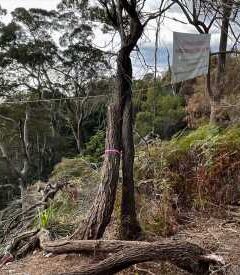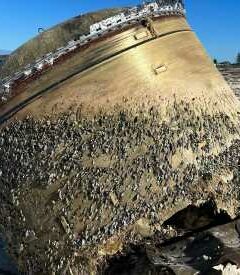Home » Australasia »
Who Is Killing Wallabies in Northern Australia?
SYDNEY, Australia — The bodies were spread out across the grass — a dozen of them, legs stiff as twigs. Not a survivor could be found, it seemed, until Shai Ager saw some rustling. It was a joey just big enough to hop, trying to climb back into her dead mother’s pouch.
The next morning, in the same sports field near Cairns, Ms. Ager, an ecologist with a wallaby rescue group, found three more of the marsupials. This time they were still alive. Barely.
“They were frothing at the mouth,” she said. “I sat with them as they died.”
Who or what killed the little ones is a mystery, but with 37 wallabies now having been found dead in the same area since last Wednesday, rescuers have begun to suspect foul play. The local authorities are investigating. A toxicology report is expected in the next few days.
In the meantime, rescuers like Ms. Ager are conducting their own informal inquiry, and as is often the case in the age-old battle of humans and their housing versus habitat, the clues keep pointing to the top of the food chain.
There’s history, for one. In January of last year, in the same Cairns suburb of Trinity Beach, 17 wallabies were killed in the span of two days. The police said at least five of them — found dead in the same football field — seemed to have been shot with a rifle.
Then there are the eyes. In a video posted to Facebook by rescuers, some of the dead wallabies have milky white eyes, hinting at possible poisoning.
And finally, there are the fences.
The species at issue is the agile wallaby, the most common wallaby in northern Australia. Some see the furry creatures as pests, no better than rats or other rodents. At the very least, they are not welcome on the football field, so a while ago, rescuers put in one-way fences, which let them out should they find a way in.
Over the last week, however, rescuers said the fences have been broken. One morning, 50 wallabies were seen in the field, soaking up the morning sun.
So did someone break the fences to invite them in, angering another neighbor who killed them? Or was it the same person or group?
No one yet knows. Ms. Ager said the authorities are also looking into the long-shot possibility that an airborne bacteria killed the animals.
What’s clear now, though, is that strong feelings about the wallabies are not likely to subside. In October, there will be a court hearing about whether to move the wallaby population to two locations further outside the city.
Ms. Ager, 21, and other rescuers argue that housing development has taken away the wallabies’ bushland, and they need to be brought to a place that she described as “wallaby heaven” — on earth.
For some reason, she said, that idea seems to be inspiring violence.
“I’ve seen some crazy people here over the past two years,” she said. “I had to get a court order because one person wouldn’t leave me alone.”
Source: Read Full Article


